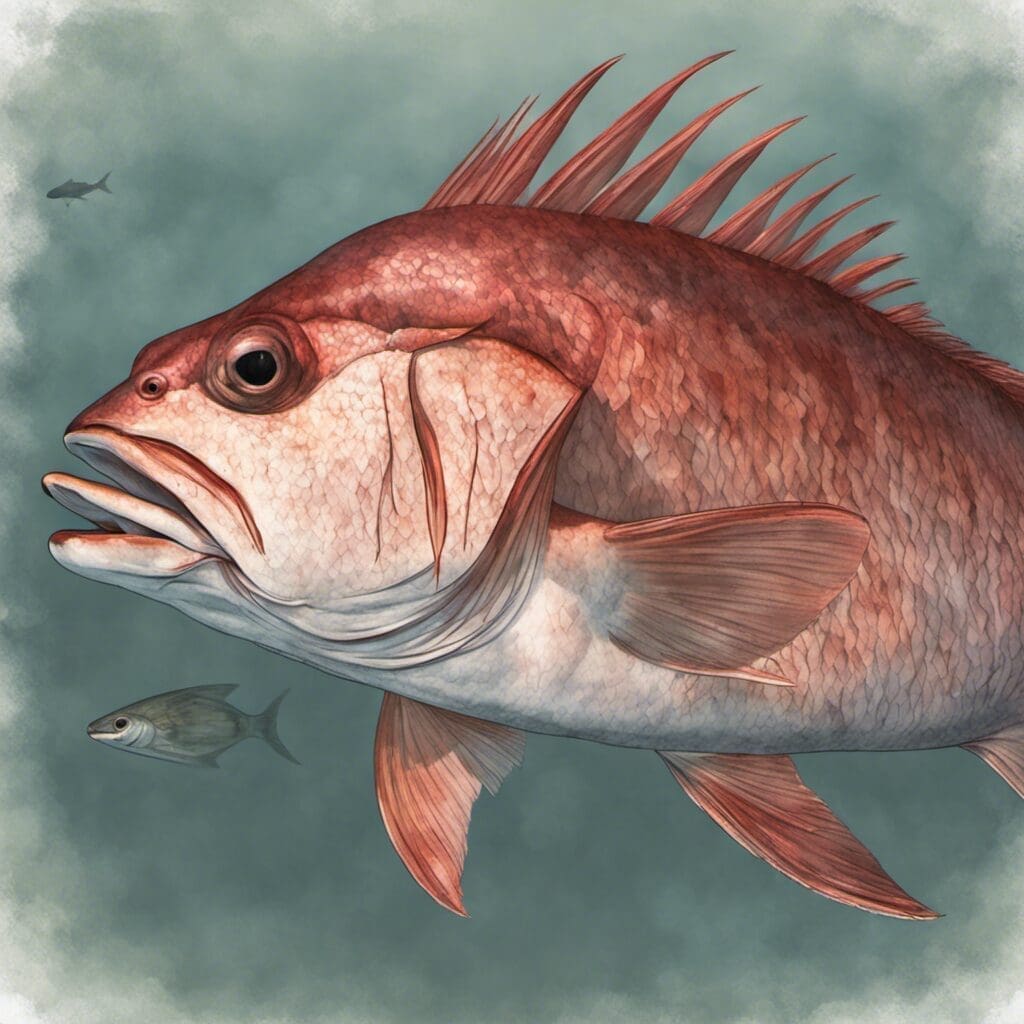Introduction
Species Name and Family
The Mangrove Snapper (Lutjanus griseus), also commonly known as Grey Snapper or Black Snapper, belongs to the Lutjanidae family.
Conservation Status
Current Status
Presently, according to the International Union for Conservation of Nature (IUCN), the Mangrove Snapper’s conservation status is classified as “Least Concern.”
Conservation Efforts
Despite their stable status, it’s crucial to continue maintaining size regulations and bag limits to help keep the Mangrove Snapper population healthy. Some conservation measures include habitat restoration and ensuring that commercial and sport fishing are regulated properly.
Statistics
| Stat | Value |
|---|---|
| Average Length | 14 inches (35.5 cm) |
| Length Range | 10 - 18 inches (25.4 – 45.7 cm) |
| Average Weight | 1 – 2 lbs (.45 – .90 kg) |
| Weight Range | 1 – 16 lbs (.45 – 7.25 kg) |
| Average Lifespan | 15 – 25 years |
Distribution
Regions/Countries
You can find Mangrove Snapper not only in the Atlantic American coast, from Massachusetts to Brazil, but also in the Gulf of Mexico and Caribbean Sea.
Migration Patterns
These snappers do not usually migrate long distances, but younger fish do move into offshore reefs as they get older.
Habitats
Water Type, Depth and Temperature Range
While adaptable to a variety of water types, Mangrove Snappers are found primarily in brackish and salty waters. The average depth range is between 5 – 180 meters. They prefer warmer water temperatures between 68 - 82°F (20 – 28°C).
When And Where To See
Seasonal Patterns and Time of Day
These resilient fish can be seen year-round, but the best time to spot them is in the warmest months, from April to September. They are most active in the early morning and late evening.
Best Fishing Locations
Top Fishing Places
Some of the best places to fish for Mangrove Snapper include:
1. Florida Keys, Florida
2. Biscayne Bay, Florida
3. Galveston Bay, Texas
4. Gulf of Mexico, USA/Mexico
5. Tampa Bay, Florida
6. Corpus Christi Bay, Texas
7. Grand Isle, Louisiana
8. Aransas Pass, Texas
9. Mississippi Sound, Mississippi
10. Key Biscayne, Florida
General Tips
To successfully find Mangrove Snapper, look for structures like reefs, wrecks, and ledges, especially in brackish waters. They often gather around these areas and are more likely to bite when the water is moving due to the tide or current.
How To Catch
Preferred Bait, Fishing Techniques and Best Time For Fishing
Small baitfish, shrimp, squid, and crabs make excellent bait for Mangrove Snapper. Fly fishing, bottom fishing, and spinning are the most effective techniques to catch these fish. The best time to fish is early morning or late evening during high tide.
Identification Guide
Physical Characteristics and Comparison With Similar Species
Mangrove Snapper are generally grayish-red with dark stripes running across their body. Their sharp pointed teeth are a key distinguishing feature from other Snapper species. The easiest way to identify them is by their snout, which is noticeably larger compared to other Snappers.
Culinary
How to Cook and Nutritional Information
Baked, broiled, grilled, or pan-seared, Mangrove Snapper is versatile and delicious. A 3.5 oz serving provides around 110 calories, 23g of protein, 1g of fat, and plenty of Omega-3 fatty acids.
Taste Profile
Mangrove Snapper has a mild, sweet flavor with firm, white flesh, making it popular in many recipes.
Recipes
Recipes such as “Grilled Snapper with Mango Salsa” or “Snapper Veracruz” are just a taste of what you can make with this delicious sea bass.
Additional Information
Behavior
Mangrove Snappers are ambush predators. They usually hide and wait for their prey, rather than chasing it.
Predators and Threats
Natural predators of the Mangrove Snapper include larger fish like Sharks and Barracudas. Human-induced threats primarily come from commercial and sport fishing.
Cultural/Historical Significance
In some cultures, Snappers are seen as symbols of perseverance and strength due to their exceptional survivability and adaptability.
References and Further Reading
For further reading, check the below sources:
FishBase
Florida Museum
National Geographic

